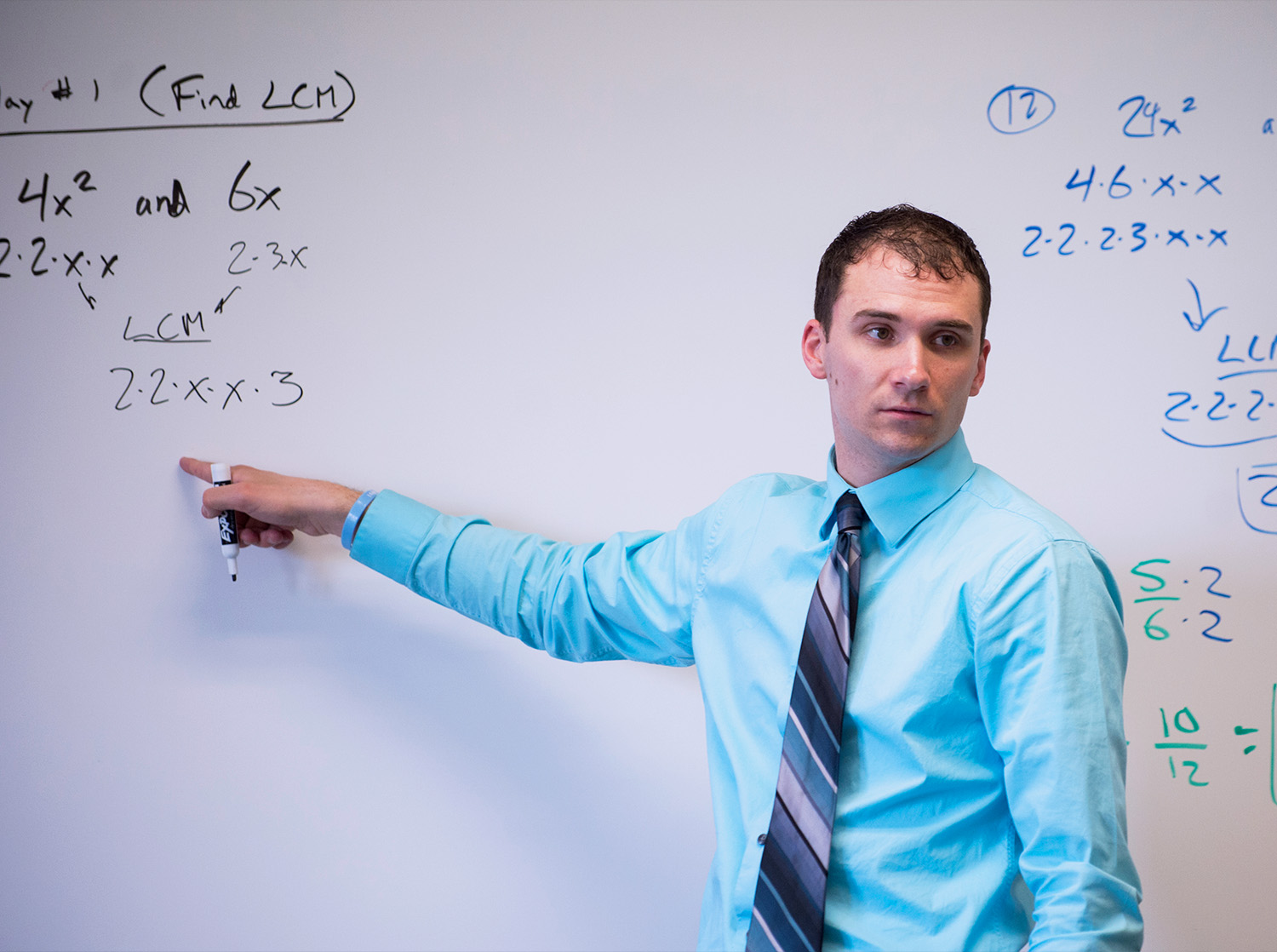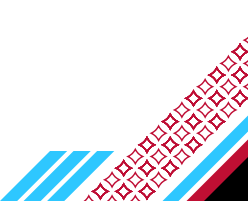Our Program
The mathematics secondary education program is comprised of three different facets:
- mathematics content courses and educational foundational courses,
- two apprentice experiences at both the middle school and high school level,
- a student teaching experience.
Once you complete the program, you'll be licensed to teach mathematics in grades 4-12 in the state of Wisconsin and graduate with a mathematics degree as you will complete 37 content credits in mathematics.

First and Second Year
During the first two years of your journey, your course schedule will include:
- 19 core math credits that provide foundations for higher level courses.
- A three course sequence in calculus (MATH 166, MATH 167 and MATH 268), a course in linear algebra (MATH 256) and a course in discrete mathematics (MATH 236).
- Foundational educational courses with intro to education, educational psychology, diversity and equity in education and an intro to special education course.
Third and Fourth Year
During the second half of your program, you'll:
- Take 18 credits of advanced math, focusing on functions, algebra, geometry, statistics and probability, and modeling - all essential for teaching secondary math.
- Choose two elective courses to further your specialization.
- Engage in a two semester cohort apprenticeship, helping you to connect theoretical learning to practical teaching experiences. These experiences help prepare you for student teaching during your final semester.
- Student teach at your choice of the middle or high school level (or both!). During student teaching, you'll also participate in a seminar (TED 421) worth two credits.
Two-Semester Math Apprenticeship Model
The last few semesters of the math education program involves a rigorous math apprenticeship. It builds upon the previous single-semester Math Block model and offers a distinctive approach to training secondary math teachers. Each morning is dedicated to cohort coursework and practicum activities. Teacher candidates start by learning the Mathematical Practice Standards and using iPads for classroom engagement. They explore inquiry-based teaching methods and maintain electronic journals showcasing strategies to motivate and engage students. The apprenticeship begins with discussions on analyzing instructional materials like IllustrativeMathematics and College Prep Math.
First Semester
During the first half of each semester, professional readings will provide you a foundation to understand what you are putting into practice. Each day you will engage in mathematical learning by participating in tasks and activities. You will learn how to ask meaningful questions and facilitate discourse in a classroom using the "5 Practices for Orchestrating Discussion" and other questioning strategies. You'll learn about and practice embedding formative assessments and differentiation to guide instruction.
Second Semester
During the second half of each semester, you will begin writing lesson plans and teach lessons in a co-teaching environment. The last four weeks of each semester you will work with cooperating teachers, primarily in the New Richmond School District, to co-plan, co-teach and co-assess a 3-5 day learning segment. Each semester will fulfill approximately 75 hours in the field and will familiarize you with both middle and high school settings.
Middle School Apprenticeship
During your middle school apprenticeship, you'll work with secondary and elementary math teacher candidates focused on teaching middle school math. You'll explore how different mathematical content areas (ratios and proportions, geometry, statistics and probability, etc.) progress through different grade levels. You'll also learn how to differentiate instruction and use applied supports such as tape diagrams and double number lines and use technologies such as Desmos Activity Builder, Classkick and SeeSaw to construct and facilitate lessons.
High School Apprenticeship
During your high school apprenticeship, you'll work with secondary math teacher candidates to learn how to teach high school math. You'll explore different mathematical conceptual categories and use tools such as algebra tiles to facilitate algebraic thinking, dynamic geometric software such as Desmos Geometry and GeoGebra to showcase transformations and StatKey to develop an understanding of simulation-based statistics. Halfway through the experience, your team will create a math parody video that showcases collaborative creative/critical writing in the classroom. You'll strengthen your understanding of language use in the classroom and consider the context for learning to build relationships and community with students.

